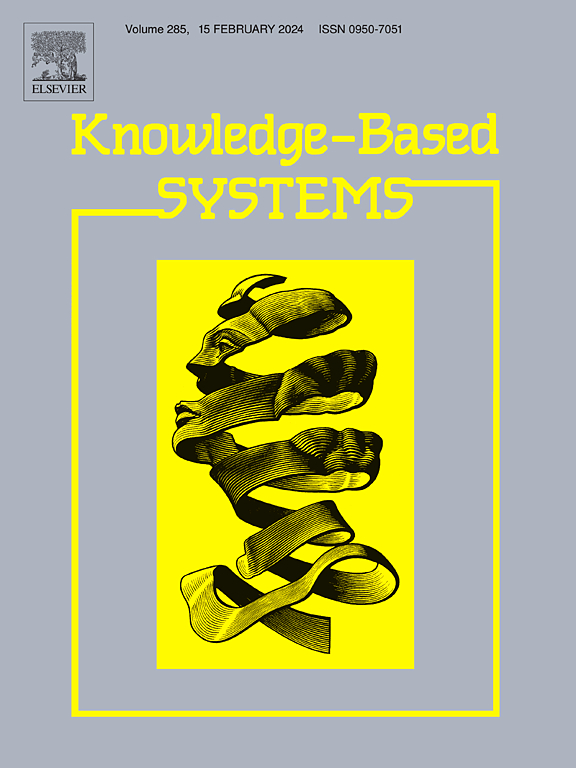用于学习视频压缩的多尺度运动感知和时空通道上下文编码网络
IF 7.6
1区 计算机科学
Q1 COMPUTER SCIENCE, ARTIFICIAL INTELLIGENCE
引用次数: 0
摘要
视频压缩性能在很大程度上取决于准确的运动预测和高效的熵编码。然而,目前大多数学习视频压缩方法都依赖于预先训练的光流网络或简单的轻量级运动估计模型,无法充分利用视频序列的时空特性。这往往会带来更高的比特消耗和重建帧的失真。此外,这些方法往往忽略了特征通道中存在的丰富上下文信息,而这些信息可以增强熵建模。为了解决这些问题,我们提出了一种基于运动感知和时空信道上下文编码的视频压缩网络(MASTC-VC)。具体来说,我们引入了多尺度运动感知模块(MS-MAM),它能以从粗到细的方式估算空间和时间维度上的有效运动信息。我们还提出了空间-时间-信道上下文模块(STCCM),该模块通过利用潜在的表示相关性来优化熵编码,从而从空间、时间和信道角度节省比特。在此基础上,我们进一步引入了不均衡信道分组方案,以在计算复杂性和速率失真(RD)性能之间取得平衡。广泛的实验证明,MASTC-VC 在三个基准数据集上的表现优于之前学习的模型。值得注意的是,与使用 PSNR 指标的 H.265/HEVC (HM-16.20) 相比,我们的方法平均节省了 10.15% 的 BD 速率;与使用 MS-SSIM 指标的 H.266/VVC (VTM-13.2) 相比,我们的方法平均节省了 23.93% 的 BD 速率。本文章由计算机程序翻译,如有差异,请以英文原文为准。
Multiscale motion-aware and spatial–temporal-channel contextual coding network for learned video compression
Video compression performance is significantly dependent on accurate motion prediction and efficient entropy coding. However, most current learned video compression methods rely on pre-trained optical flow networks or simplistic lightweight models for motion estimation, which fail to fully leverage the spatial–temporal characteristics of video sequences. This often brings higher bit consumption and distortion in reconstructed frames. Additionally, these methods frequently overlook the rich contextual information present within feature channels that could enhance entropy modeling. To address these issues, we propose a motion-aware and spatial–temporal-channel contextual coding-based video compression network (MASTC-VC). Specifically, we introduce a multiscale motion-aware module (MS-MAM) that estimates effective motion information across both spatial and temporal dimensions in a coarse-to-fine manner. We also propose a spatial–temporal-channel contextual module (STCCM) which optimizes entropy coding by exploiting latent representation correlations, leading to bit savings from spatial, temporal and channel perspectives. On top of it, we further introduce an uneven channel grouping scheme to strike a balance between computational complexity and rate–distortion (RD) performance. Extensive experiments demonstrate that MASTC-VC outperforms previous learned models across three benchmark datasets. Notably, our method achieves an average 10.15% BD-rate savings compared to H.265/HEVC (HM-16.20) using the PSNR metric and average 23.93% BD-rate savings against H.266/VVC (VTM-13.2) using the MS-SSIM metric.
求助全文
通过发布文献求助,成功后即可免费获取论文全文。
去求助
来源期刊

Knowledge-Based Systems
工程技术-计算机:人工智能
CiteScore
14.80
自引率
12.50%
发文量
1245
审稿时长
7.8 months
期刊介绍:
Knowledge-Based Systems, an international and interdisciplinary journal in artificial intelligence, publishes original, innovative, and creative research results in the field. It focuses on knowledge-based and other artificial intelligence techniques-based systems. The journal aims to support human prediction and decision-making through data science and computation techniques, provide a balanced coverage of theory and practical study, and encourage the development and implementation of knowledge-based intelligence models, methods, systems, and software tools. Applications in business, government, education, engineering, and healthcare are emphasized.
 求助内容:
求助内容: 应助结果提醒方式:
应助结果提醒方式:


